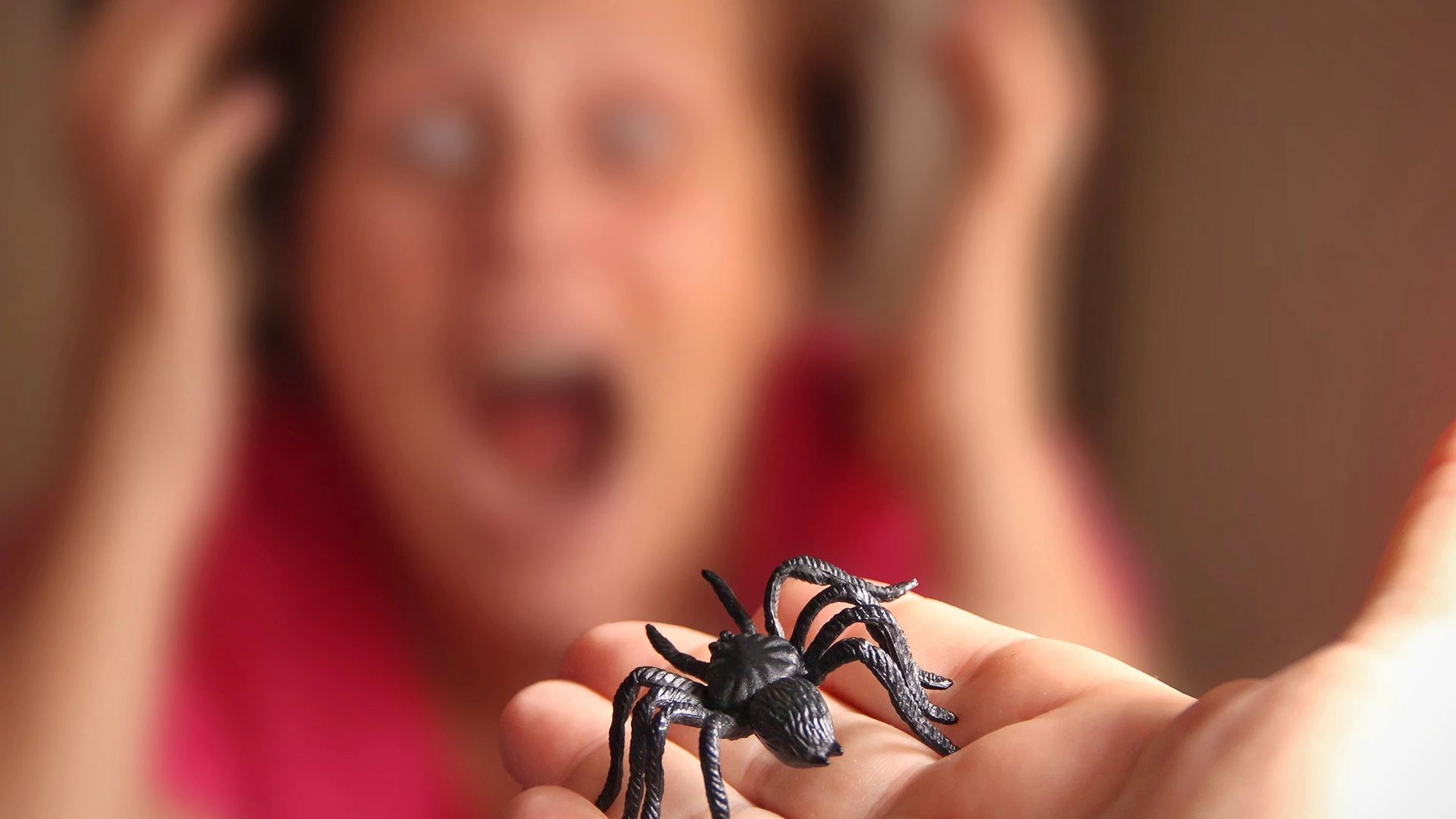
What Spiders Teach Us About Anxiety
What do spiders, public speaking, and flying have in common?
For many, they’re more than just fears — they’re deeply rooted phobias that trigger pounding heartbeats, breathless panic, and overwhelming dread. And for those living with anxiety disorders, these reactions can become daily barriers to peace and functionality.
But what if relief didn’t require years of therapy or medication? What if it was a matter of retraining your brain — in real time?
According to a recent study by Northern Arizona University researchers may reveal a surprising link – and a promising path forward for overcoming deep-rooted phobias like arachnophobia, or fear of spiders.
Neurofeedback, also known as neurotherapy, is a powerful non-invasive tool to help regulate brain activity. It gives patients real-time insight into their brain’s behavior, helping them learn how to manage stress and anxiety responses — including those related to phobias.
In a study led by professor Larry Stevens and student researchers Skylar Wilcoxson and Annalene Thompson, 30 participants with arachnophobia wore a 19-electrode EEG cap while being exposed to a tarantula named Spidey. Their brain’s anxiety response was measured. This detailed mapping allowed researchers to triangulate activity deep within the brain’s anxiety network, and over six sessions, they learned to calm their neural response with simple mental techniques — even daydreaming about pancakes.
What is Neurofeedback – and How Does it Work?
At Extivita, we’ve long believed in the power of the brain to heal itself when given the right tools. We use cutting-edge brain-based therapies like neurofeedback as part of our integrated brain health services, to help patients heal from anxiety, PTSD, Traumatic Brain injury, and more. This therapy starts with a quantitative EEG (QEEG) to measure brainwave activity. Patients then receive feedback through a visual cue — such as a green dot that appears when the brain is calm and disappears when anxiety increases. The brain naturally learns to maintain a calmer state over time.
Why This Matters for Anxiety, PTSD, and Phobias
Traditional approaches to anxiety and phobias — such as talk therapy or medication — don’t always provide lasting relief. Neurofeedback offers a fast, non-invasive alternative that empowers people to take control of their mental health by learning to control their own mind, rather than relying on external interventions.
At Extivita, we’ve seen remarkable transformations firsthand— especially in veterans and first responders. One of the study’s lead researchers, Skylar Wilcoxson, began exploring neurofeedback while serving in the Navy – a journey rooted in service and scientific curiousity. His work reflects the very heart of HBOT4Heroes: delivering transformative, brain-focused care to those who’ve bravely served and now seek health at home.
Lower IGF-1 promotes autophagy—a process in which the body removes damaged cells and recycles their components. This cellular “clean-up” is vital for reducing inflammation, preventing chronic disease, and extending lifespan. In essence, fasting helps switch the body from a growth-focused mode to a repair-focused one.
Early Findings: Neurofeedback’s Impact on Phobias
The NAU study is still ongoing, but the early results are exciting. If neurofeedback can significantly reduce fear responses in people with arachnophobia in just a few sessions, this could be a game-changer in treating a wide range of anxiety-related conditions and phobias.
This brain-based therapy could offer new hope for individuals struggling with chronic PTSD, panic disorder, or unresolved trauma.
Start Your Neurofeedback Journey Today
At Extivita, we’re committed to staying at the forefront of science-backed, non-invasive therapies that heal the brain and restore quality of life. Neurofeedback is just one of the tools we use — often in combination with Hyperbaric Oxygen Therapy (HBOT), IV therapy, and personalized wellness programs.
Ready to get Started? Contact us today to schedule a brain mapping session.
